Home>Gardening & Outdoor>Plant Care & Gardening Tips>How To Plant A Native Hedge
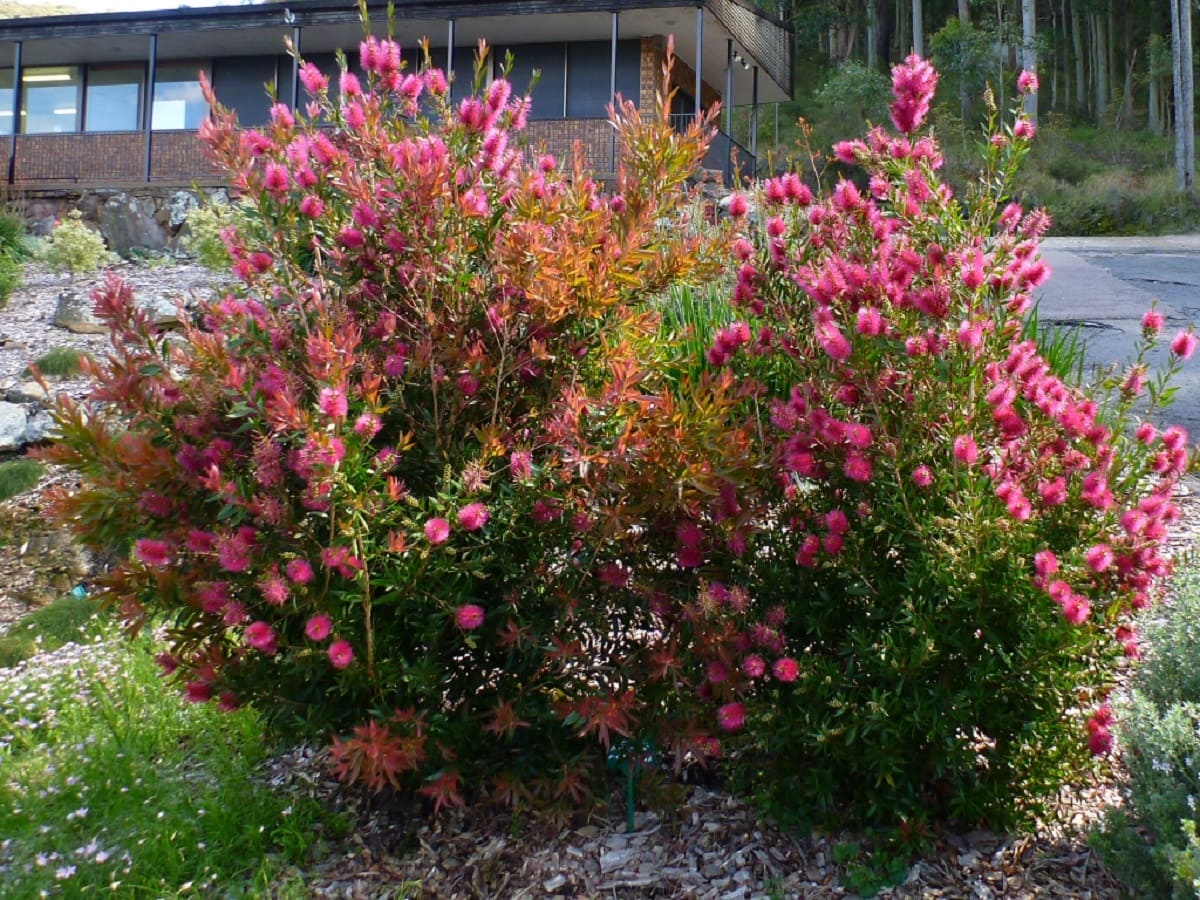

Plant Care & Gardening Tips
How To Plant A Native Hedge
Modified: January 4, 2024
Learn how to plant a native hedge with our expert plant care and gardening tips. Create a beautiful and sustainable landscape with our step-by-step guide.
(Many of the links in this article redirect to a specific reviewed product. Your purchase of these products through affiliate links helps to generate commission for Storables.com, at no extra cost. Learn more)
Introduction
Creating a native hedge is a wonderful way to enhance your garden while providing essential habitats for local wildlife. Unlike traditional hedges, native hedges are composed of plants that are indigenous to a specific region, making them well-suited to the local climate and soil conditions. Not only do they offer an aesthetic appeal, but they also contribute to the overall biodiversity of the area.
Native hedges are not only beautiful but also serve as vital corridors for wildlife, providing food, shelter, and nesting sites for birds, insects, and small mammals. By planting a native hedge, you can play a significant role in supporting the local ecosystem and promoting a healthy, balanced environment.
In this guide, we will explore the essential steps to successfully plant and maintain a native hedge. From selecting the right native plants to nurturing them as they grow, this comprehensive resource will equip you with the knowledge and confidence to create a thriving native hedge in your garden. Let's delve into the fascinating world of native plants and discover the joys of cultivating a vibrant and sustainable hedge that will benefit both your garden and the surrounding environment.
Key Takeaways:
- Planting a native hedge supports local wildlife and enhances your garden. Choose the right native plants, prepare the site, and provide ongoing care to create a thriving habitat.
- Native hedges promote biodiversity and require minimal maintenance once established. They provide food, shelter, and nesting sites for wildlife, contributing to a healthy, balanced ecosystem.
Read more: What Is A Native Plant
Choosing the Right Native Plants
When embarking on the journey of creating a native hedge, the first and most crucial step is selecting the appropriate native plants for your region. Native plants are inherently adapted to the local environment, requiring minimal maintenance once established. They offer a myriad of benefits, including resilience, biodiversity support, and water conservation.
Before choosing the plants, it’s essential to research the native species that thrive in your specific area. Consider factors such as soil type, sunlight exposure, and local climate patterns. Consulting with local nurseries, botanical gardens, or horticultural experts can provide valuable insights into the best native plants for your region.
When selecting native plants for your hedge, aim for a diverse mix of species to promote biodiversity. Include a variety of flowering plants, shrubs, and small trees to cater to different wildlife species. For instance, flowering plants like elderberry and blackberry can attract pollinators such as bees and butterflies, while dense shrubs like hawthorn and dogwood provide nesting sites for birds.
Additionally, consider the growth habits and ultimate sizes of the chosen plants to ensure they will form a cohesive and visually appealing hedge. Some native plants may require regular pruning to maintain a neat hedge structure, while others naturally grow into a dense and uniform shape.
It’s important to prioritize native plants over non-native alternatives, as they have co-evolved with the local ecosystem and provide unparalleled benefits to the surrounding wildlife. By choosing the right native plants for your hedge, you are not only creating a stunning garden feature but also fostering a thriving habitat that supports the interconnected web of life in your area.
Preparing the Planting Site
Before planting your native hedge, it’s crucial to prepare the planting site to provide the best possible conditions for the plants to thrive. Proper site preparation sets the stage for healthy growth and ensures the long-term success of your native hedge.
Start by assessing the soil quality in the planting area. Native plants have evolved to thrive in specific soil types, so it’s essential to match the plant species with the soil conditions. Conduct a soil test to determine the pH level and nutrient content, and make any necessary amendments to optimize the soil for native plant growth.
Clear the planting site of any weeds, debris, or competing vegetation that could hinder the establishment of the native hedge. This includes removing invasive plant species that may outcompete the native plants for resources. By creating a weed-free zone, you give your native plants the best chance to establish themselves without unnecessary competition.
Consider the sunlight exposure in the planting area. Most native plants have specific light requirements, so it’s important to ensure that the chosen plants will receive the appropriate amount of sunlight for their optimal growth. Take note of any potential shade from nearby structures or trees that may impact the sunlight availability for the hedge.
Once the site is cleared and the soil is prepared, plan the layout of the hedge, taking into account the ultimate size of the selected native plants. Space the plants according to their mature dimensions, ensuring that they have ample room to grow and spread without overcrowding. This thoughtful planning will result in a well-structured and visually appealing native hedge.
By meticulously preparing the planting site, you are laying the groundwork for a thriving native hedge that will not only enhance the beauty of your garden but also contribute to the local ecosystem by providing valuable habitats and food sources for wildlife.
When planting a native hedge, choose a variety of native shrubs and plant them close together to create a dense barrier. Make sure to water them regularly, especially during the first year of growth.
Planting Your Native Hedge
Now that you’ve selected the right native plants and prepared the planting site, it’s time to embark on the exciting process of planting your native hedge. Proper planting techniques are essential for ensuring the successful establishment and growth of the hedge, allowing the native plants to flourish and fulfill their ecological roles in the garden.
Before planting, thoroughly water the root balls of the native plants to ensure they are well-hydrated and ready for the transition to the planting site. Dig individual planting holes that are spacious enough to accommodate the root systems of the plants, taking care to space them according to the planned hedge layout.
When placing the plants in the holes, position them at the same depth as they were in their containers and backfill the holes with the amended soil, gently firming the soil around the roots. Water the newly planted native hedge generously to settle the soil and provide crucial moisture for the initial stages of growth.
Consider applying a layer of organic mulch around the base of the native plants to conserve soil moisture, suppress weed growth, and provide additional nutrients as the mulch breaks down. This protective layer also helps to insulate the roots from temperature fluctuations, promoting a healthy root environment for the newly planted hedge.
After planting, monitor the hedge regularly and provide supplemental watering as needed, especially during dry periods. Keep an eye out for any signs of stress or disease in the native plants and address any issues promptly to support their establishment and overall health.
As the native hedge begins to grow, consider incorporating regular pruning and maintenance to shape the hedge and promote dense, healthy growth. Pruning can also help maintain the desired height and structure of the hedge, ensuring it remains an attractive and functional garden feature.
By following these planting guidelines and providing attentive care, you can establish a robust and thriving native hedge that will enrich your garden landscape and contribute to the local ecosystem for years to come.
Caring for Your Native Hedge
Once your native hedge is planted, ongoing care and maintenance are essential to ensure its long-term health and vitality. By providing attentive care, you can support the growth of the hedge and maximize its ecological benefits, creating a flourishing habitat for local wildlife while enhancing the beauty of your garden.
Regular watering is crucial, especially during the initial establishment phase. While native plants are generally well-adapted to local conditions, supplemental watering may be necessary during dry spells to support healthy growth. Pay attention to the moisture levels in the soil and adjust your watering regimen accordingly to meet the needs of the hedge.
Applying a balanced, slow-release fertilizer in the spring can provide essential nutrients to the native plants, promoting robust growth and vibrant foliage. However, it’s important to use fertilizers sparingly and according to the specific needs of the plants, as excessive fertilization can have detrimental effects on the ecosystem and surrounding wildlife.
Regular maintenance, including pruning and shaping, is integral to keeping the native hedge in optimal condition. Pruning not only helps maintain the desired shape and size of the hedge but also encourages dense growth and flowering in certain species. Be mindful of the natural growth habits of the native plants and tailor your pruning approach to each species’ unique requirements.
Keep an eye out for any signs of pests or diseases that may affect the native hedge. Early detection and prompt intervention are key to mitigating potential issues and preserving the health of the plants. Consider utilizing organic pest control methods and disease-resistant plant varieties to minimize the need for chemical interventions.
Finally, embrace the wild beauty of your native hedge and allow it to fulfill its role as a haven for local wildlife. Observe the diverse array of insects, birds, and other creatures that are attracted to the hedge, and take pride in the valuable ecological contribution it makes to the surrounding environment.
By providing dedicated care and attention to your native hedge, you can create a thriving and sustainable habitat that not only enriches your garden but also supports the intricate web of life in your local ecosystem.
Conclusion
Embarking on the journey of planting a native hedge is a rewarding endeavor that offers a multitude of benefits for both your garden and the surrounding environment. By selecting the right native plants, preparing the planting site, and providing attentive care, you can create a vibrant and sustainable habitat that supports local wildlife while adding natural beauty to your outdoor space.
Native hedges play a vital role in promoting biodiversity, providing food and shelter for a diverse array of wildlife, and contributing to the overall health of the ecosystem. Their resilience, low maintenance requirements, and ability to thrive in local conditions make them an invaluable addition to any garden landscape.
As you witness the growth and evolution of your native hedge, take joy in the bustling activity it attracts, from the cheerful songs of birds to the delicate fluttering of butterflies. Embrace the seasonal changes as the hedge bursts into bloom and observe the interconnected relationships that unfold within this thriving habitat.
By cultivating a native hedge, you are not only creating a visually stunning garden feature but also making a meaningful contribution to the preservation of native plant species and the conservation of local biodiversity. Your efforts ripple through the ecosystem, providing essential resources for pollinators, birds, and other wildlife while fostering a deeper connection to the natural world.
In the midst of your native hedge, you have crafted a living tapestry that weaves together the threads of nature, beauty, and sustainability. It stands as a testament to the harmonious coexistence of humans and the environment, embodying the potential for every garden to become a sanctuary for life in all its forms.
As you tend to your native hedge with care and reverence, you are nurturing not only a thriving garden feature but also a living legacy of conservation and stewardship. Let the beauty and resilience of your native hedge inspire others to embrace the rich tapestry of native flora and create sanctuaries that celebrate the intricate dance of life in the natural world.
Frequently Asked Questions about How To Plant A Native Hedge
Was this page helpful?
At Storables.com, we guarantee accurate and reliable information. Our content, validated by Expert Board Contributors, is crafted following stringent Editorial Policies. We're committed to providing you with well-researched, expert-backed insights for all your informational needs.
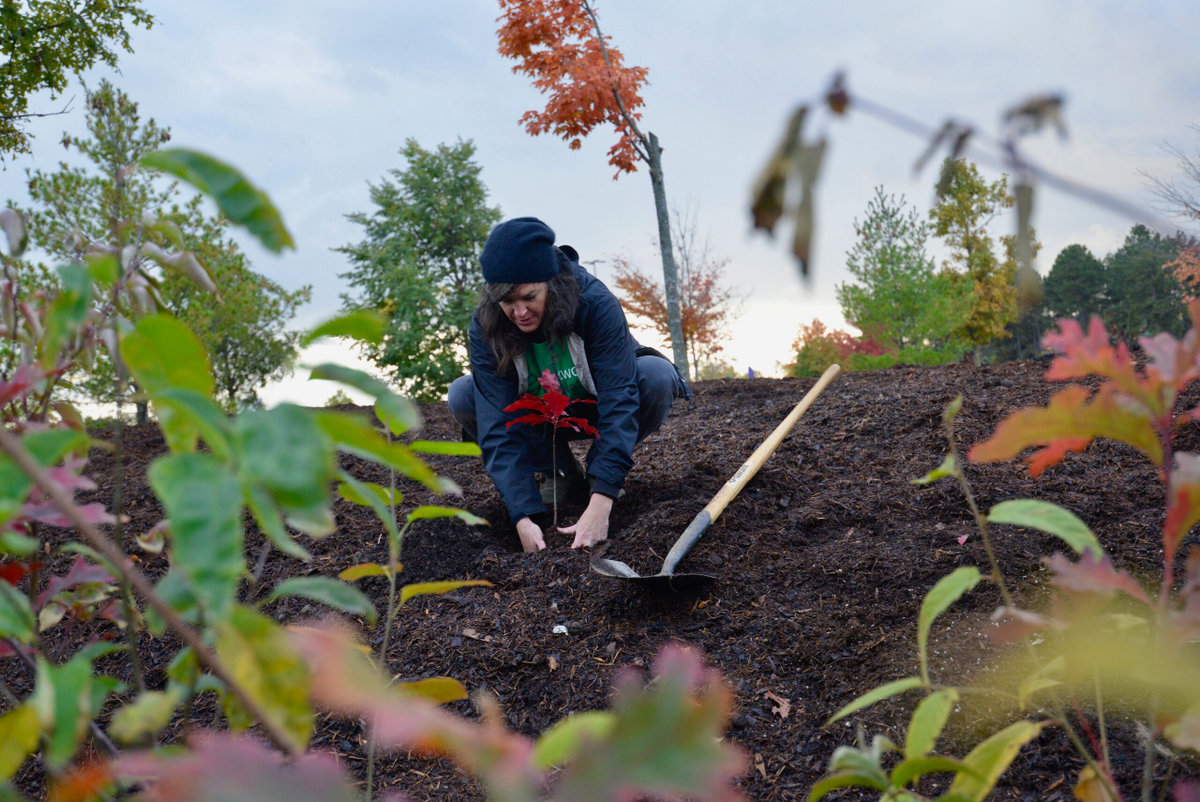

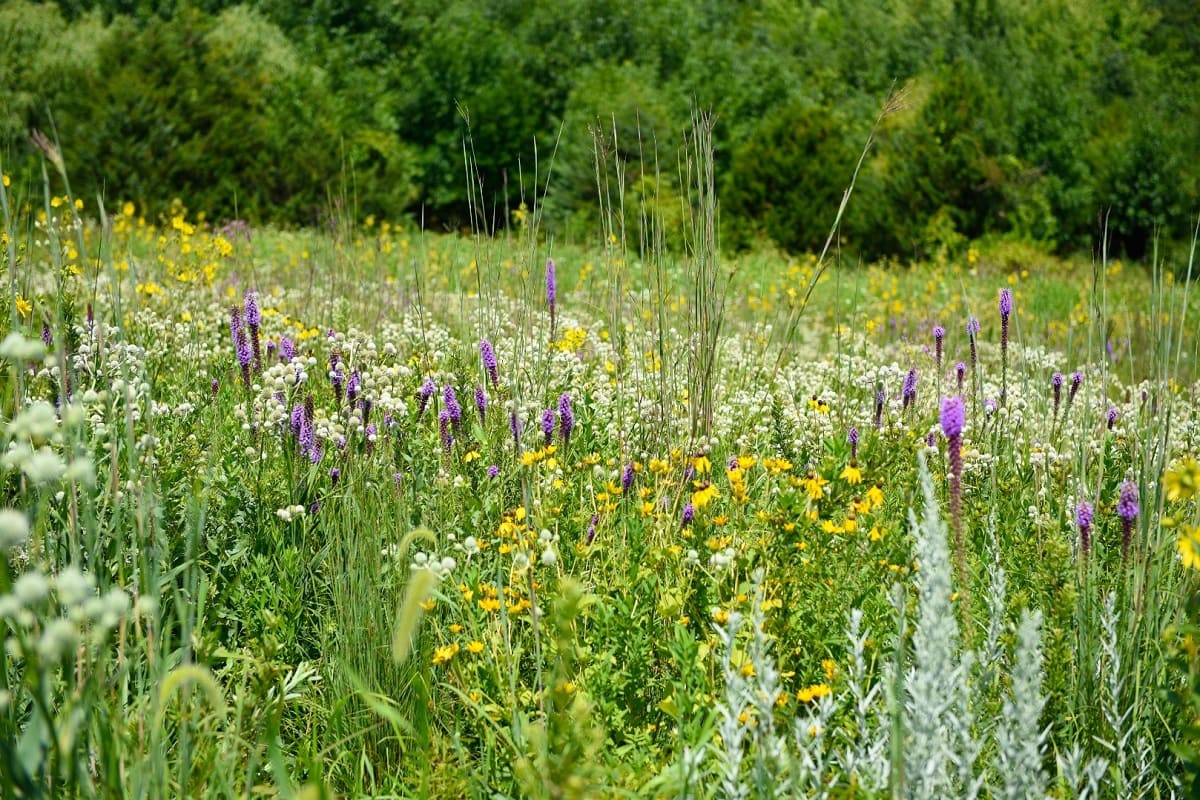

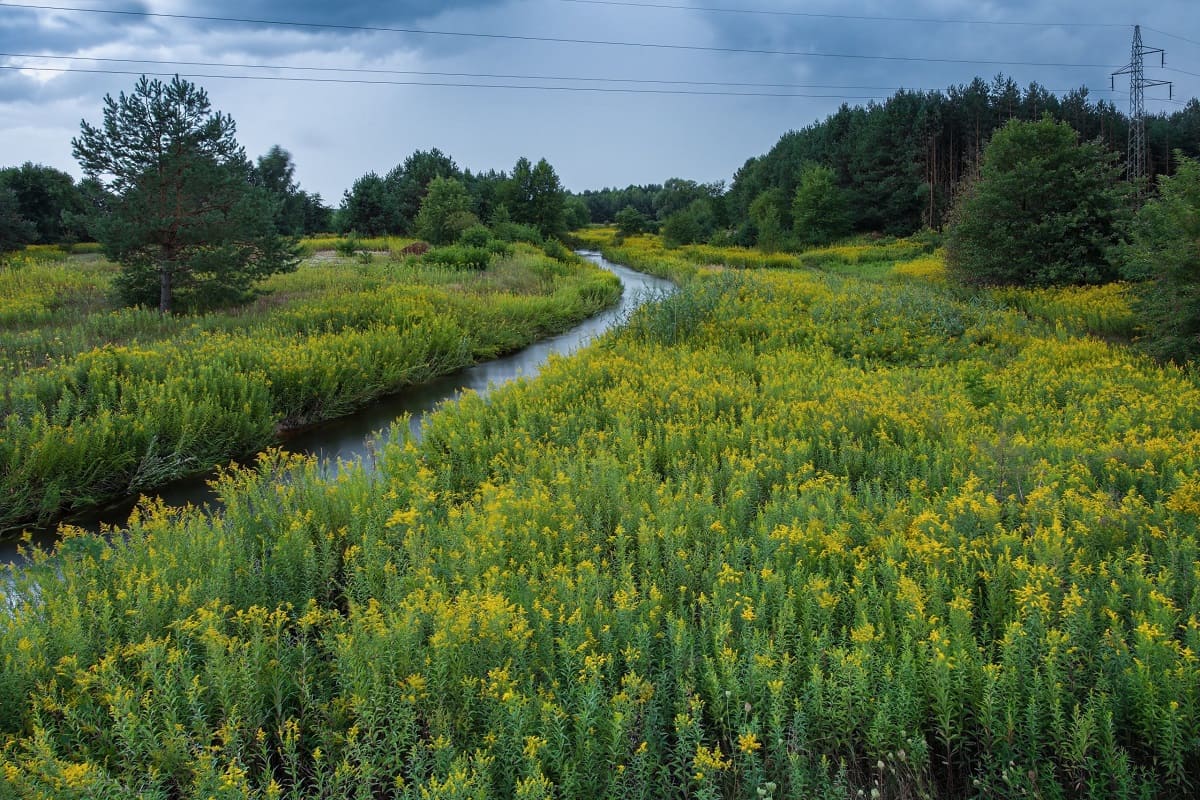
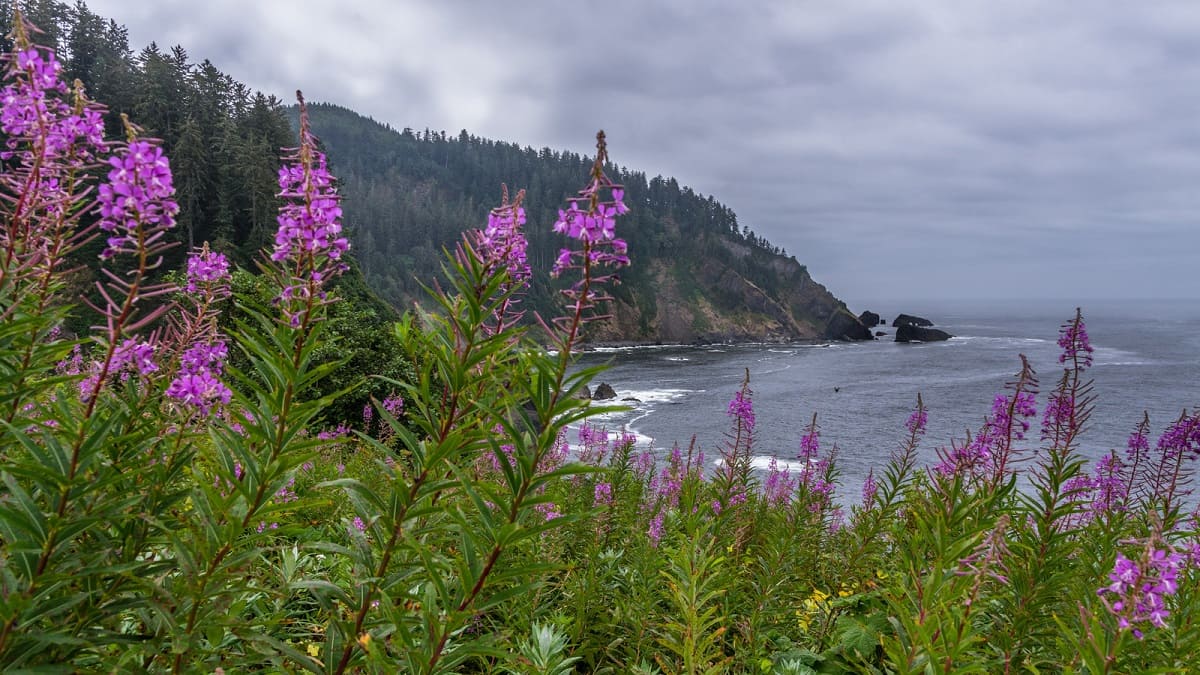
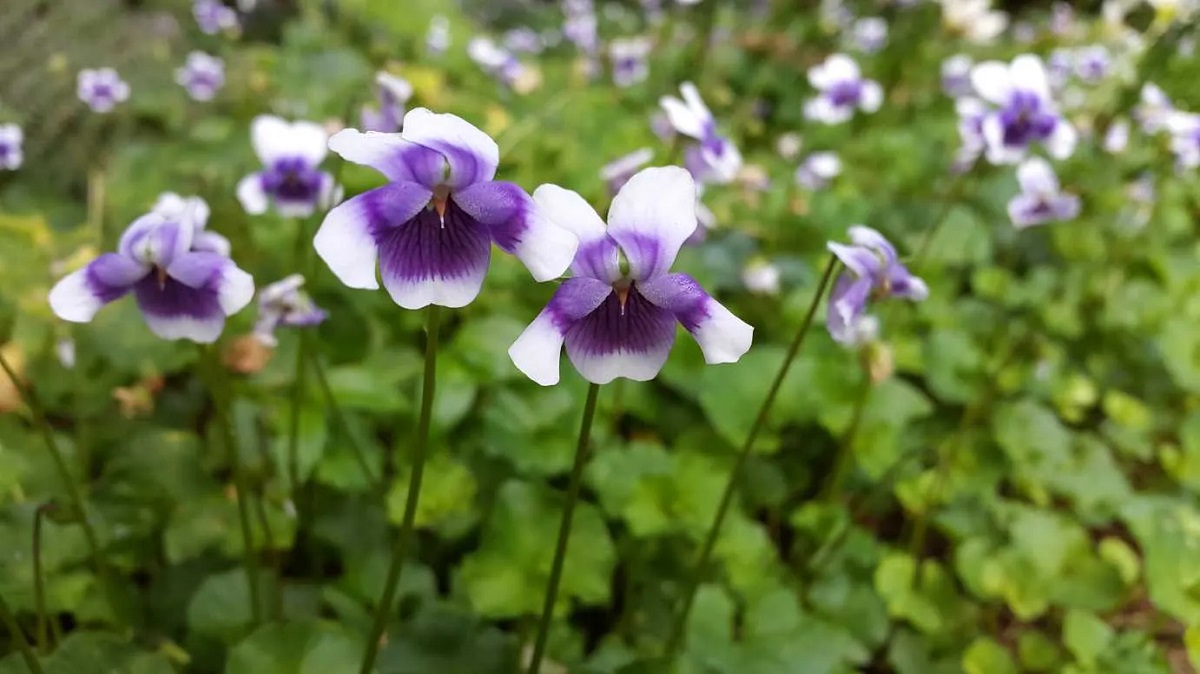
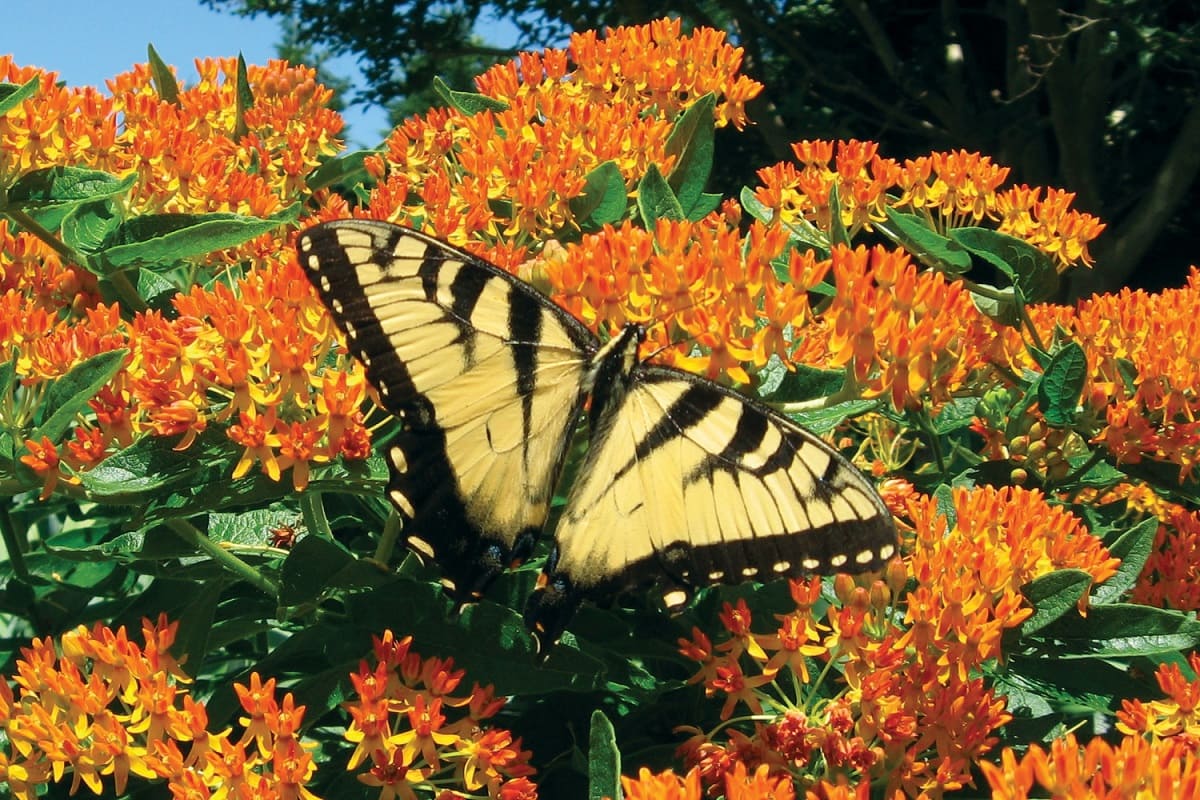
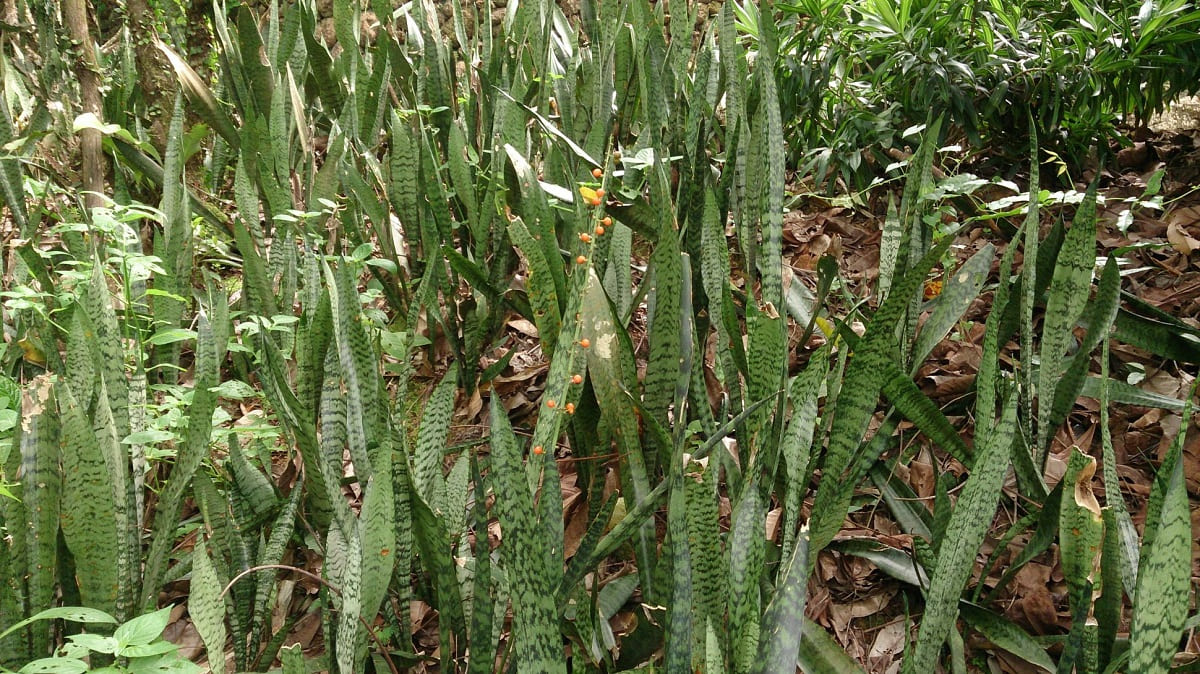
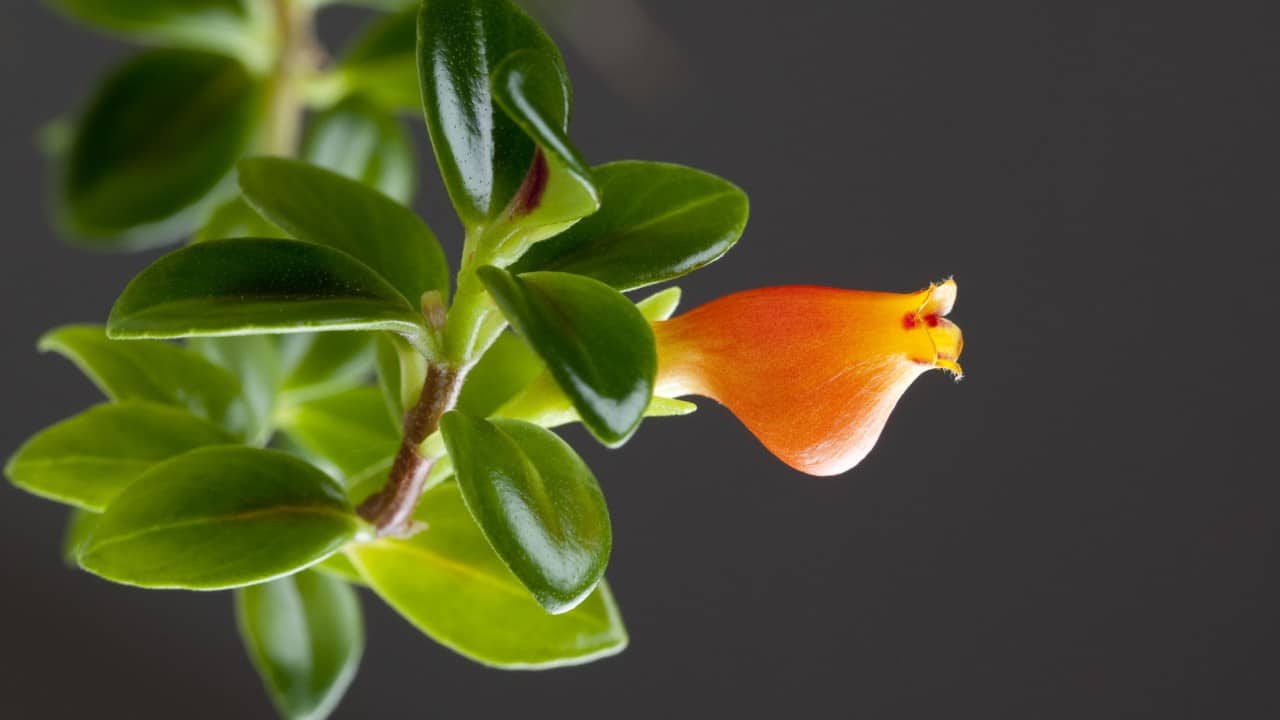
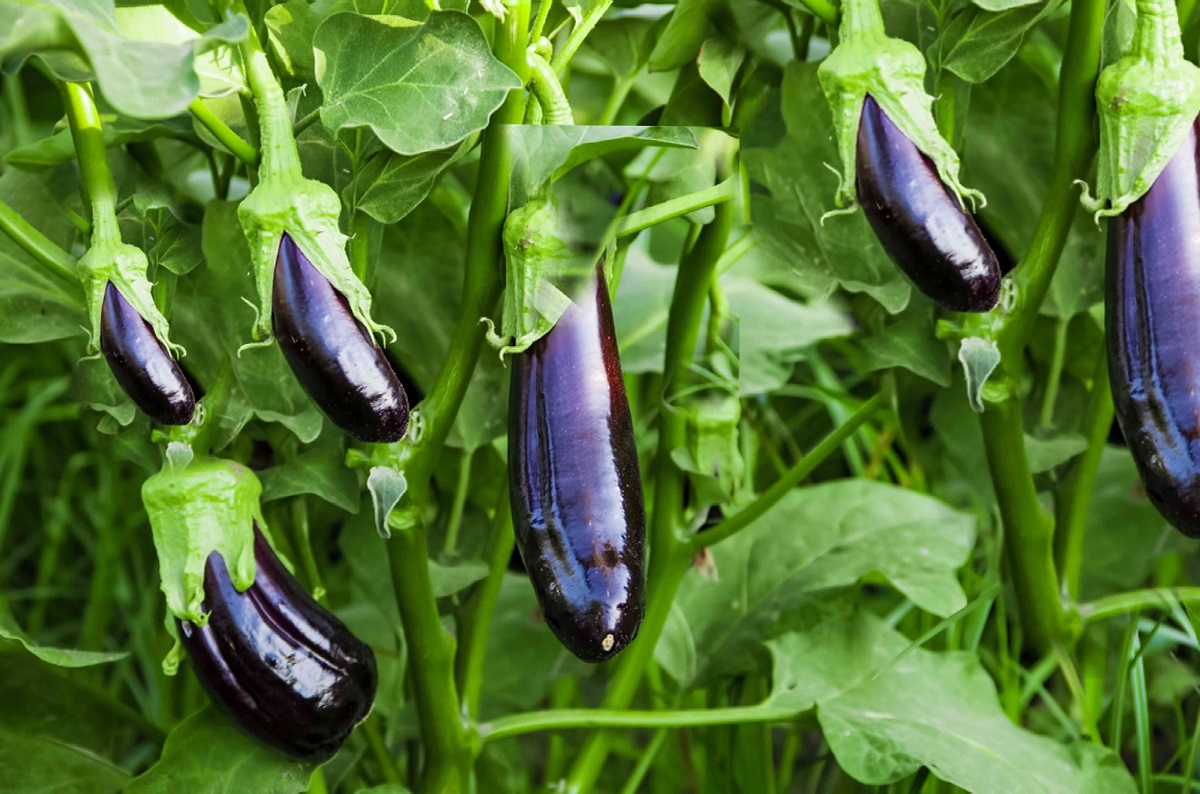
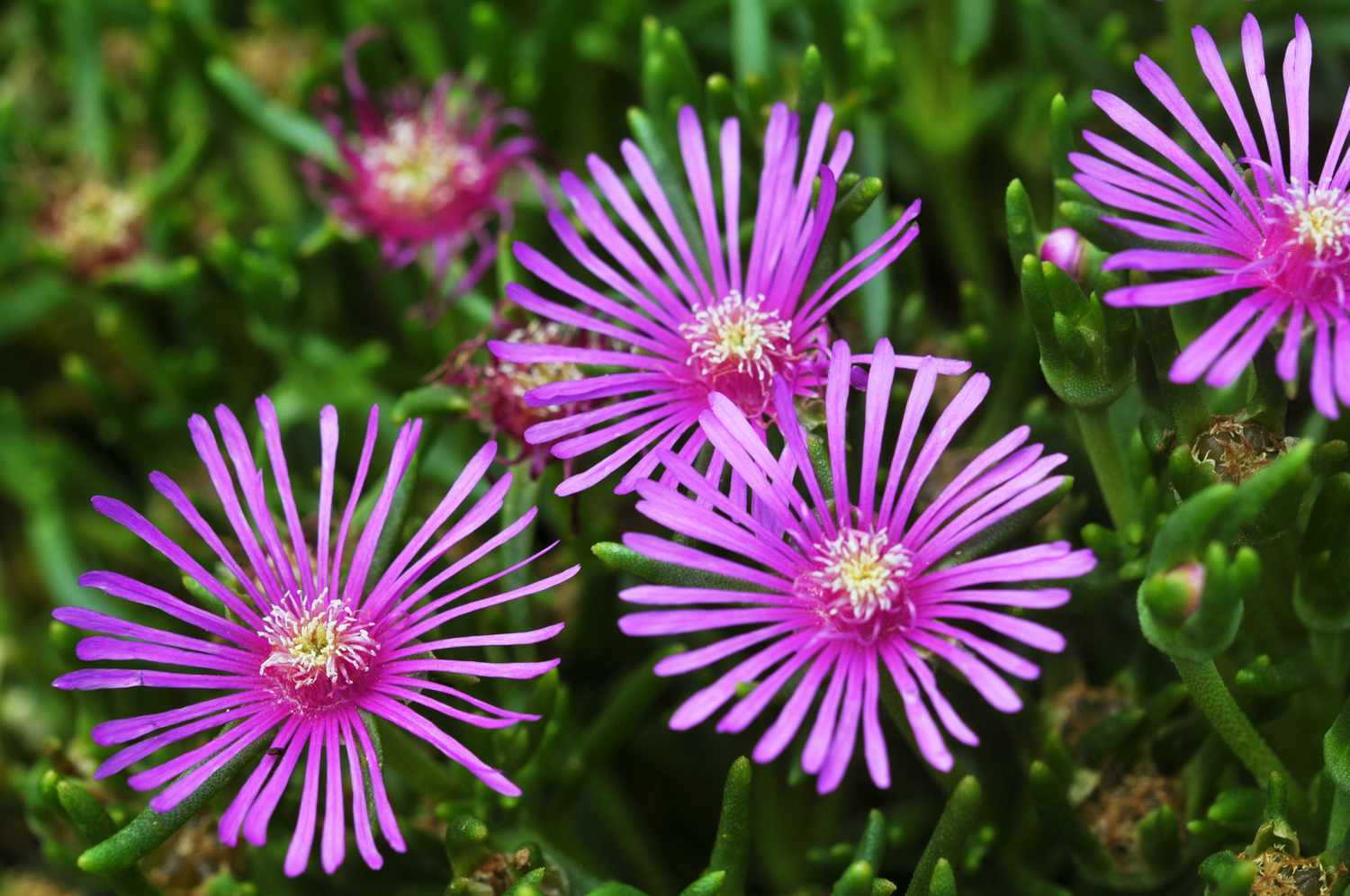
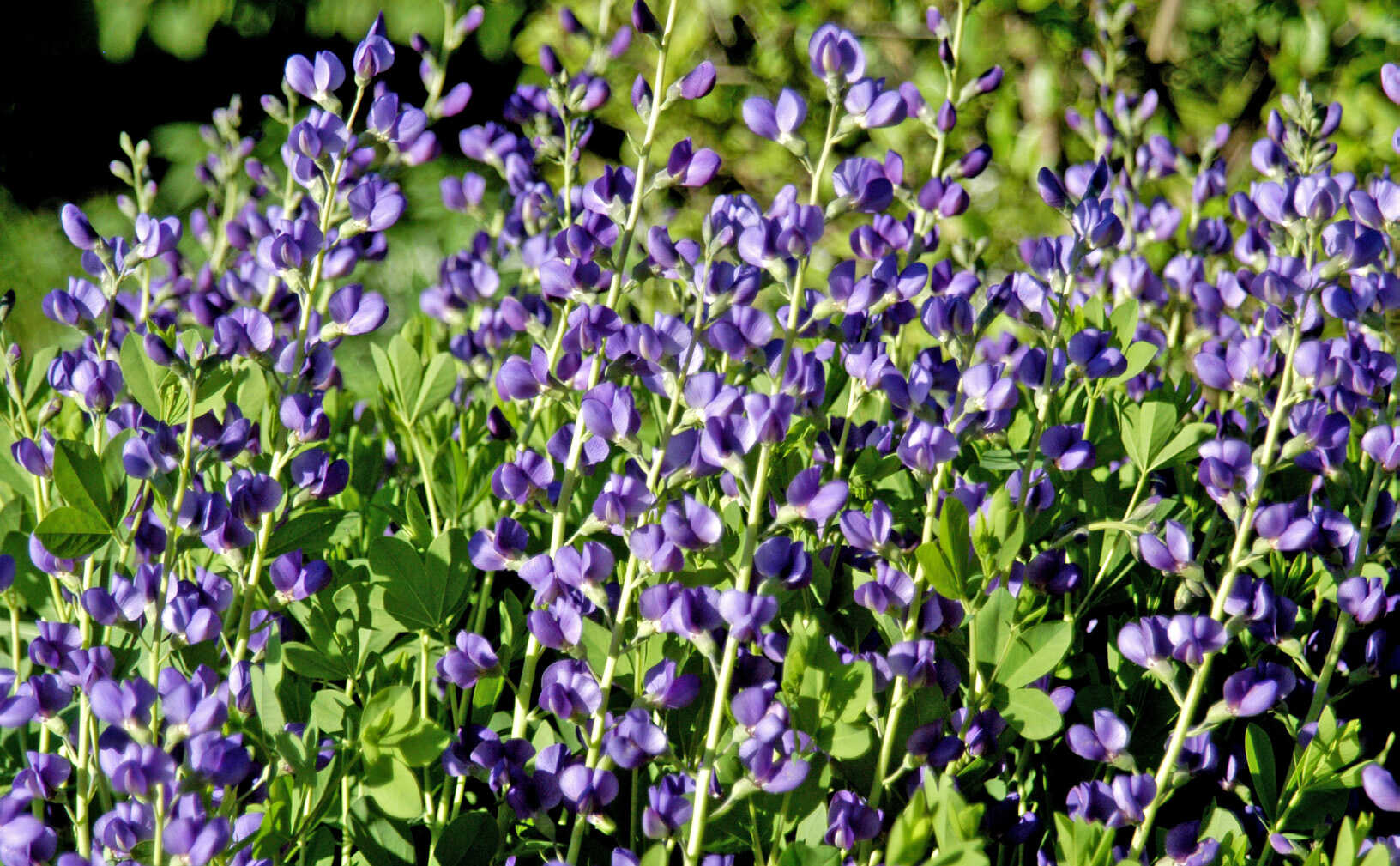
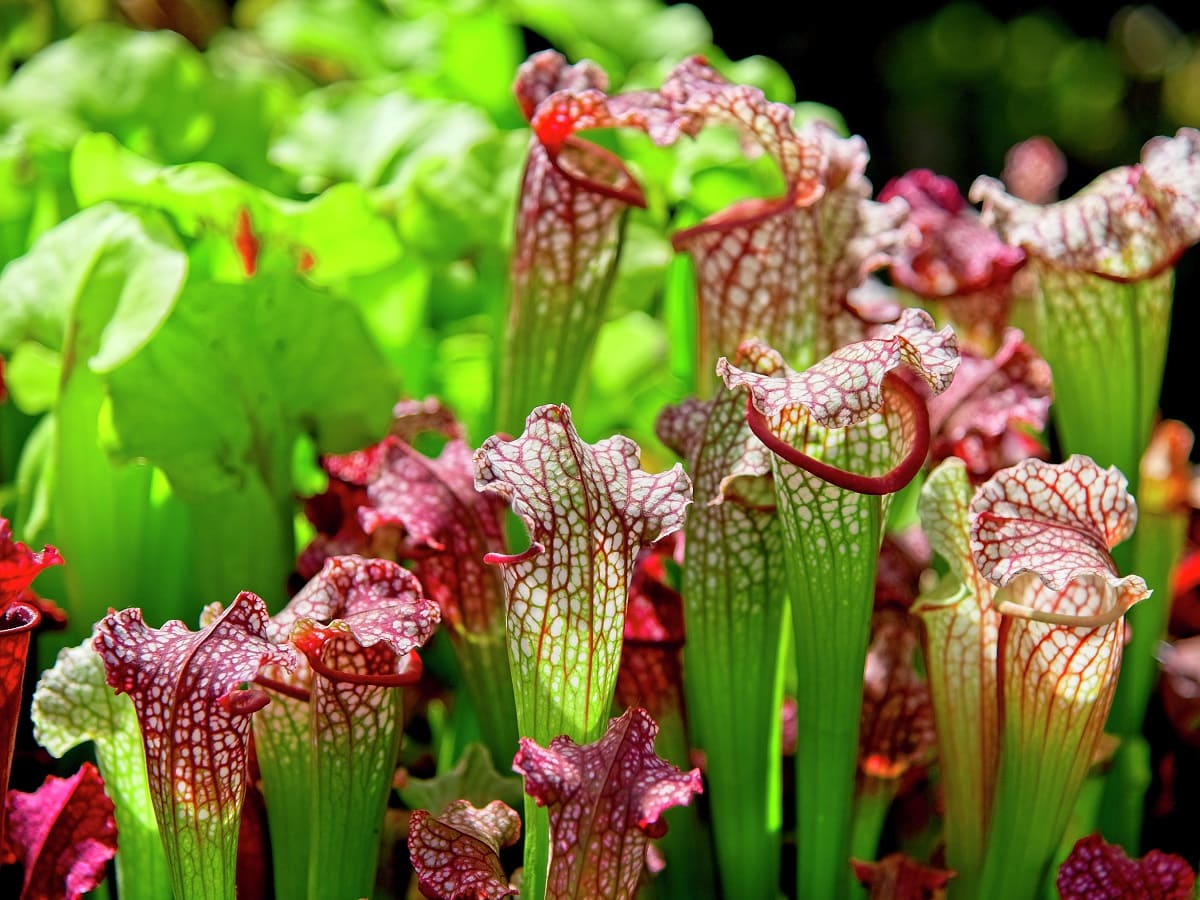

0 thoughts on “How To Plant A Native Hedge”